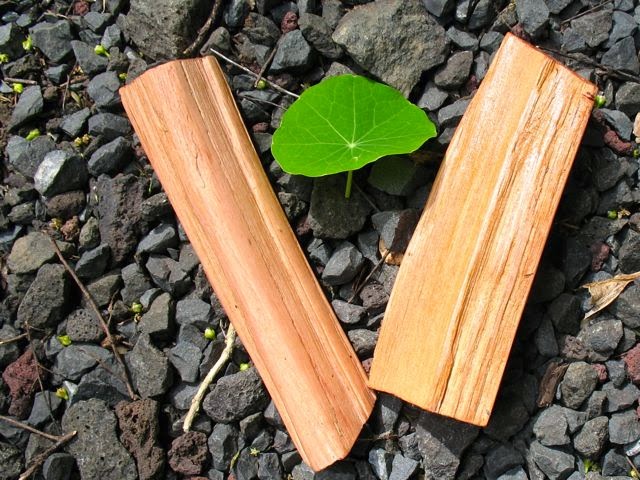Do you ever feel concerned that today's children are at risk of growing up less connected to nature than to electronic media? —that children are now overprotected from exploring the natural world?
Then come down this suburban street with me. Technically, it's called a 'blind street'. But I think of it as an all-seeing street, because it opens my eyes so wide.
From the top of the street the green outline looks like a distant hill. As you get to the bottom of the street you will discover that the 'hill' is really something else: I call it 'the tree at the end of the road.'
To a child, this is wonderland. The tree is a puriri, a native of New Zealand. Not only is it robust, but it also has a long life (one specimen is thought to be 2000 years old). Limbs decay and drop off, and others take their place. It's a perfect tree for climbing. Children have probably climbed in this tree for a hundred years or more.
There are a lot of kids in this neighbourhood, and friendly parents who have added to the tree over time:
first a swing in an old tyre, then a wooden horse swing, then a simple stick fastened firmly to a rope.
A ladder was added, and then another to help take-off for the adventurous,
or to lead them up into the welcoming arms above.
Coming down is always a little more tricky than going up.
And then, just to finish off, here's a fun game. Why should a swing be nothing but a swing? That red rope can be twisted, and twisted, and twisted again,
and then let fly, faster and faster, whirling around and around [sound track: delighted shrieks and giggles].
There's even a rocking horse for the very little ones to ride.
What a well loved tree this is. It welcomes in all the neighbourhood kids. It is full of possibilities. It offers different perspectives, from the ground looking up, to the higher branches looking out ('There's our house!') to the upper reaches into the leaf-filtered sky above.
Truly, this is an Abundance Tree.
We all need one. What is yours? What holds you in abundance, delight and openness to myriad possibilities and imaginative play? Do leave a comment, as I'd love to know your thoughts.


















































